- Description
- Reviews (0)
Description
Filter Wool
Filter wool—also known as filter floss or filter pad wool—is a fibrous material commonly used in aquarium and pond filtration systems. It acts as a mechanical filtration medium, physically trapping solid debris and particulate matter from water as it passes through.
Description of Filter Wool:
-
Material: Usually made from synthetic fibers such as polyester or polypropylene, sometimes from natural fibers.
-
Appearance: It resembles cotton wool or a fluffy mat and is typically white, though it may discolor as it traps debris.
-
Forms: Available in sheets, rolls, or pads that can be cut to fit different filter compartments.
Uses of Filter Wool:
-
Aquarium Filtration:
-
Used in internal, external, or hang-on-back (HOB) filters.
-
Traps fine particles (like uneaten food, fish waste, and plant debris) that biological or chemical media might miss.
-
Helps maintain water clarity and reduces the load on biological media.
-
-
Pond Filtration:
-
Used in mechanical stages of pond filters to catch debris before water flows to biological stages.
-
Helps prevent clogging of more delicate filter components.
-
-
Sump Systems:
-
Common in reef and marine aquariums as a pre-filter to polish water before biological or chemical treatment.
-
Benefits:
-
Inexpensive and widely available.
-
Easy to cut and fit into any filter system.
-
Improves overall water clarity.
-
Reduces maintenance frequency for other filter components.
Maintenance:
-
Replace regularly (usually weekly or bi-weekly) as it clogs quickly and becomes less effective.
-
Not reusable in most cases, though some thicker grades can be rinsed and reused once or twice.
🧱 Typical Filter Media Layering
In most aquarium filters, water flows through various media layers to ensure effective cleaning. The general sequence is:
-
Coarse Mechanical Filtration: Captures large debris like uneaten food and plant matter.
-
Fine Mechanical Filtration (Filter Wool): Traps finer particles, enhancing water clarity.
-
Biological Filtration: Hosts beneficial bacteria that break down harmful substances.
-
Chemical Filtration: Removes specific impurities using activated carbon or other media.
Source Aquarium Co-Op
🔄 Water Flow Sequence
In a canister filter, the water typically flows as follows:
-
Intake: Water enters the filter from the aquarium.
-
Coarse Sponge Layer: Initial debris removal.
-
Filter Wool Layer: Fine particle filtration.
-
Biological Media: Ammonia and nitrite breakdown.
-
Chemical Media: Targeted impurity removal.
-
Return: Clean water flows back into the aquarium.
🧼 Maintenance Tips
-
Regular Replacement: Filter wool should be replaced weekly or bi-weekly, as it clogs quickly.
-
Avoid Overuse: Using too much filter wool can impede water flow; monitor and adjust as needed.
Only logged in customers who have purchased this product may leave a review.


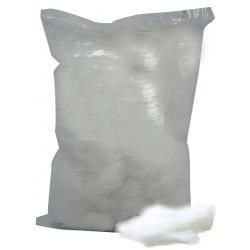
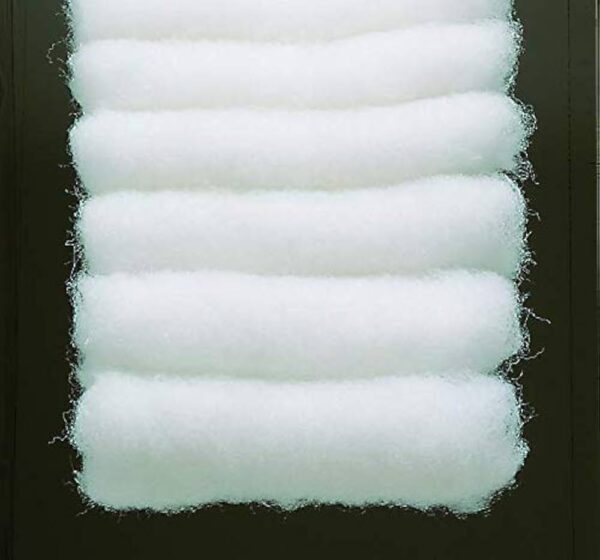
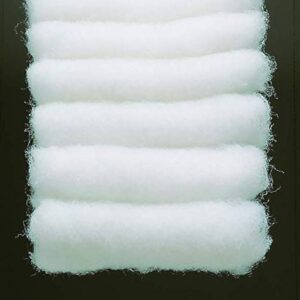
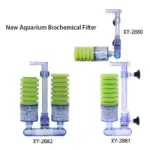
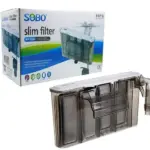
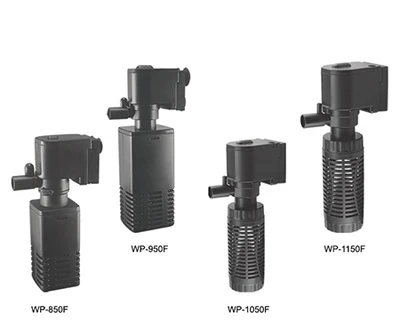
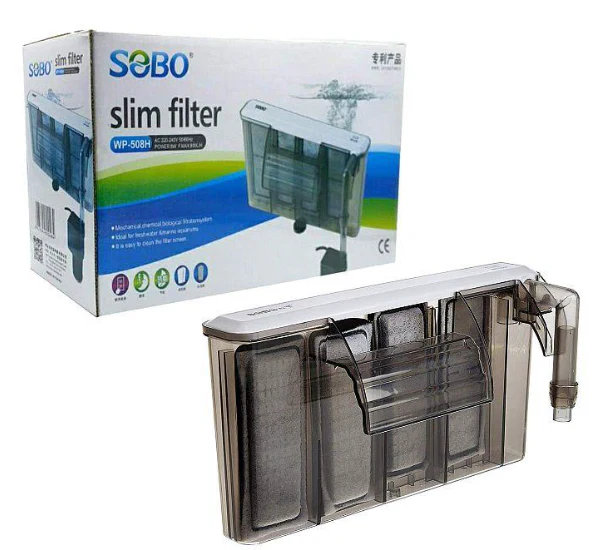
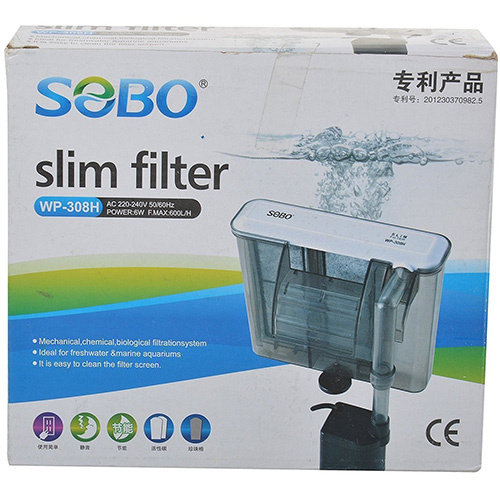
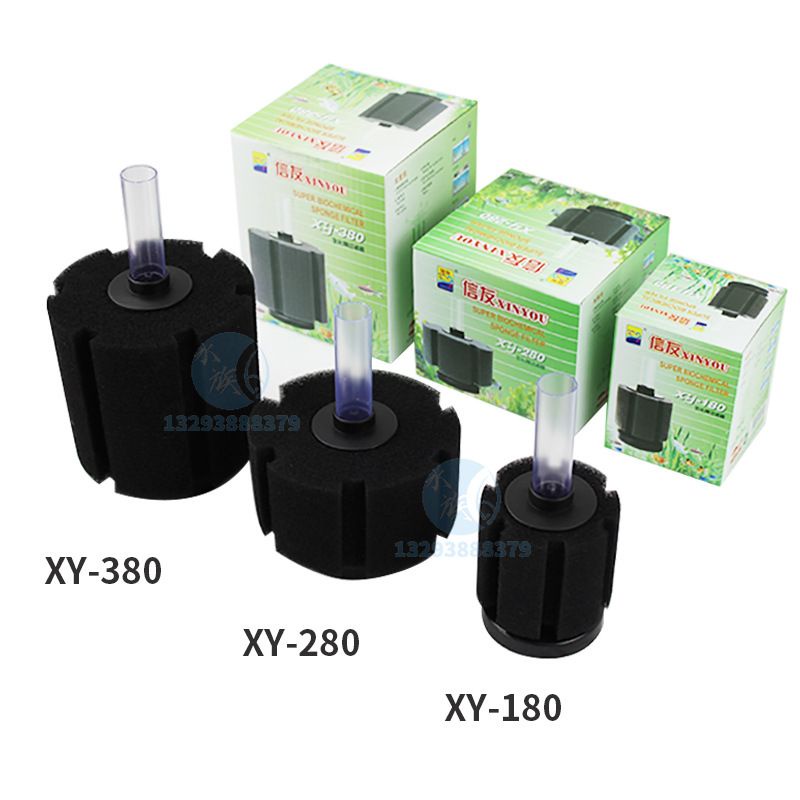
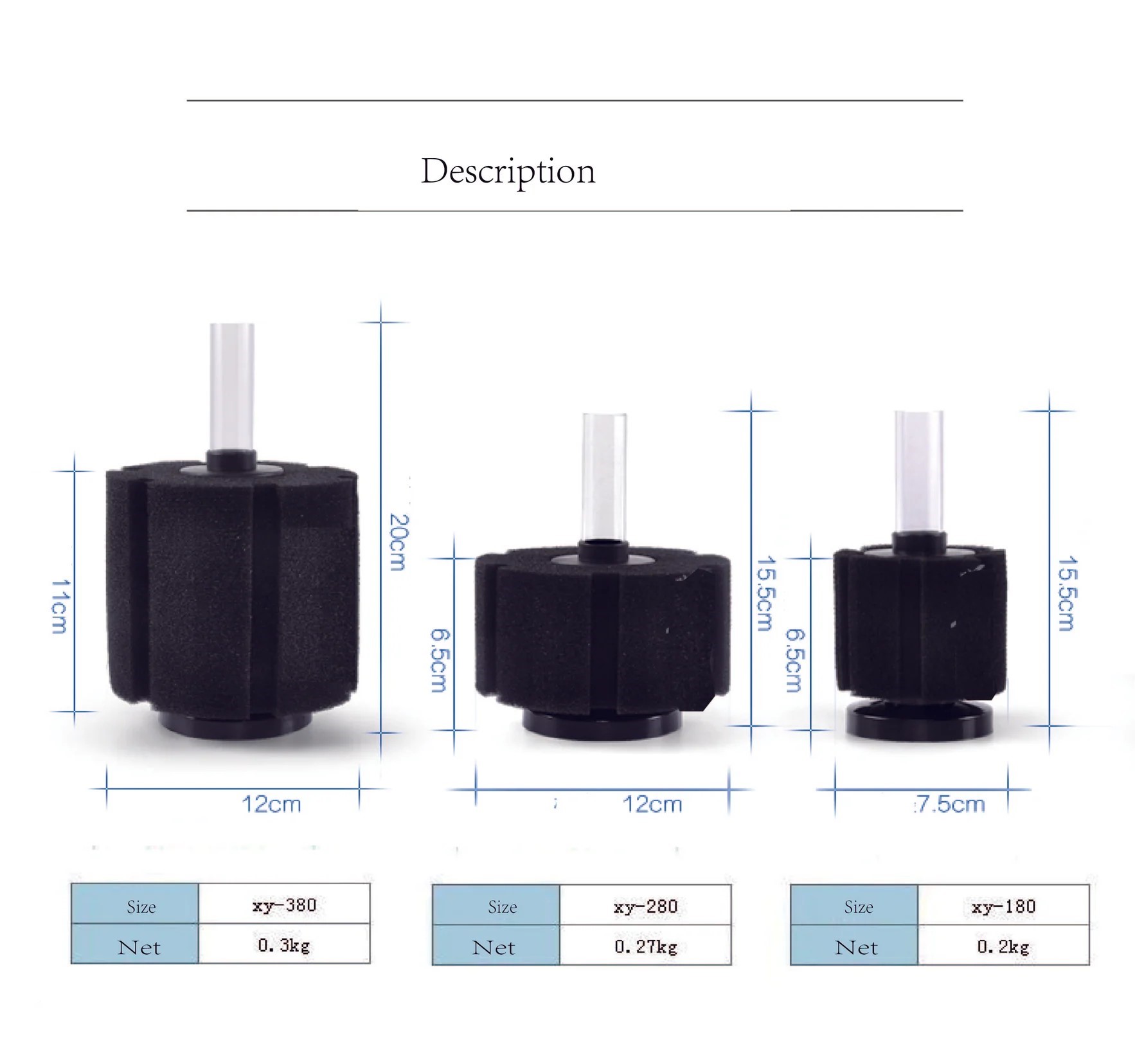
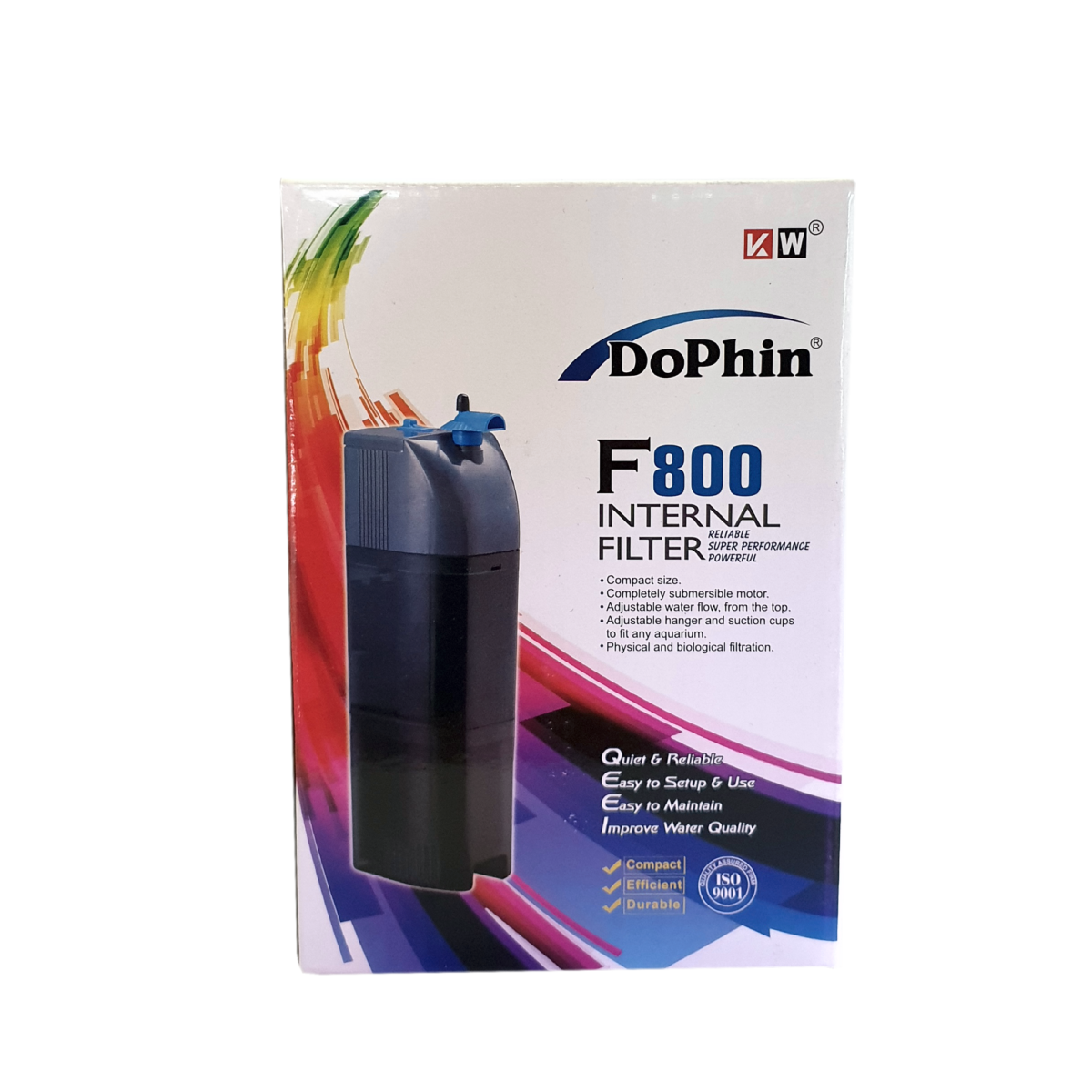
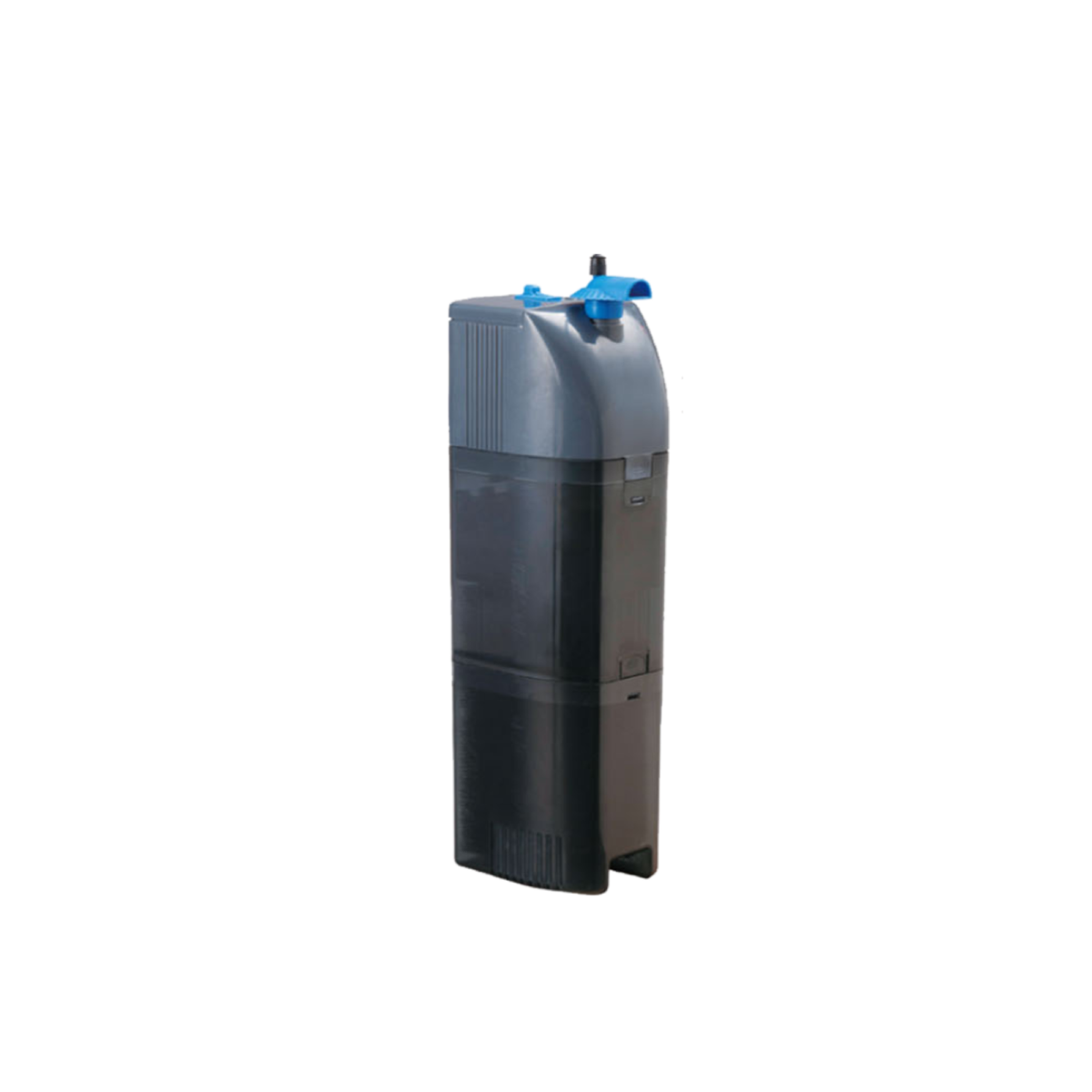
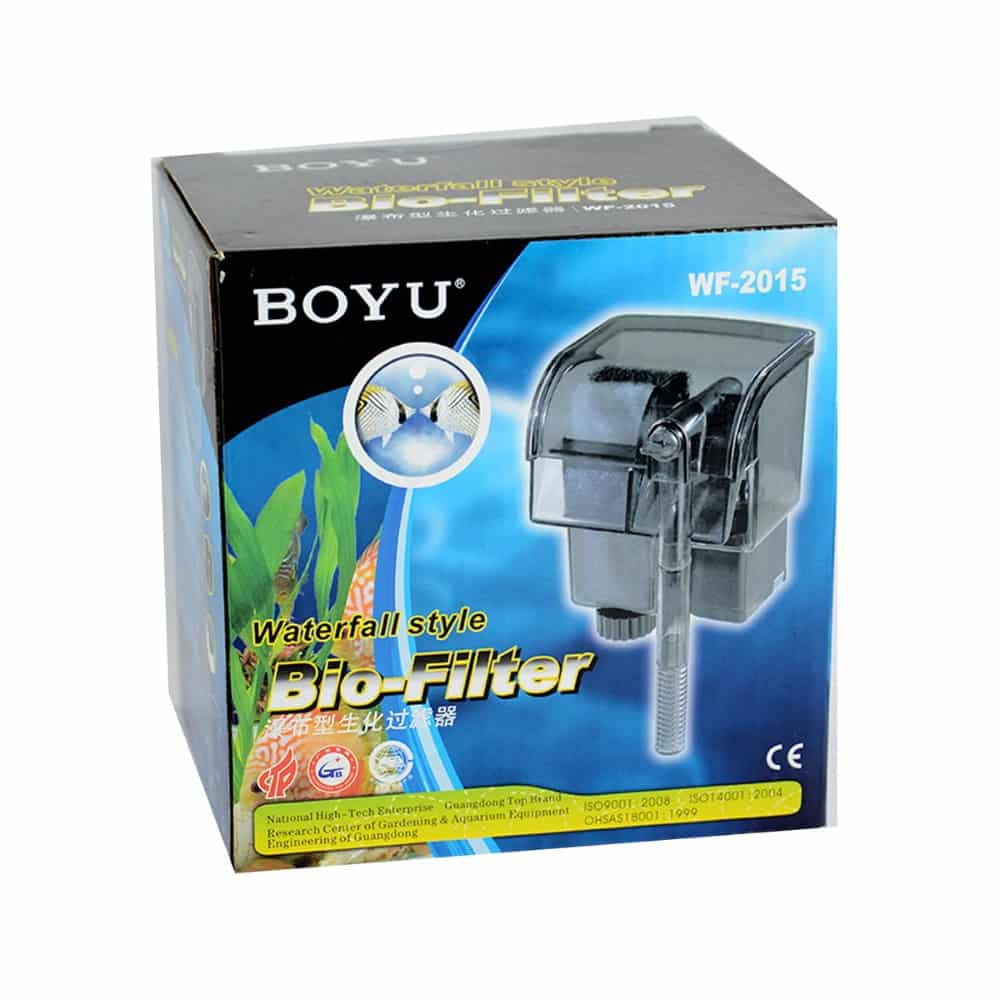

Reviews
There are no reviews yet.